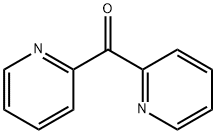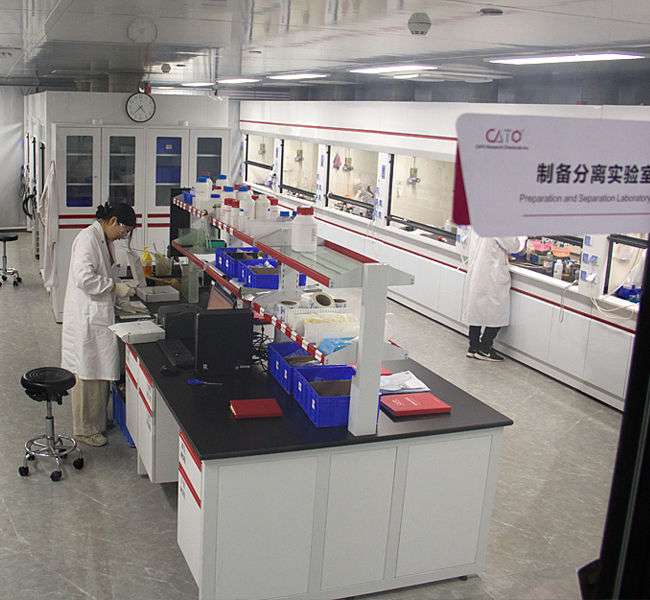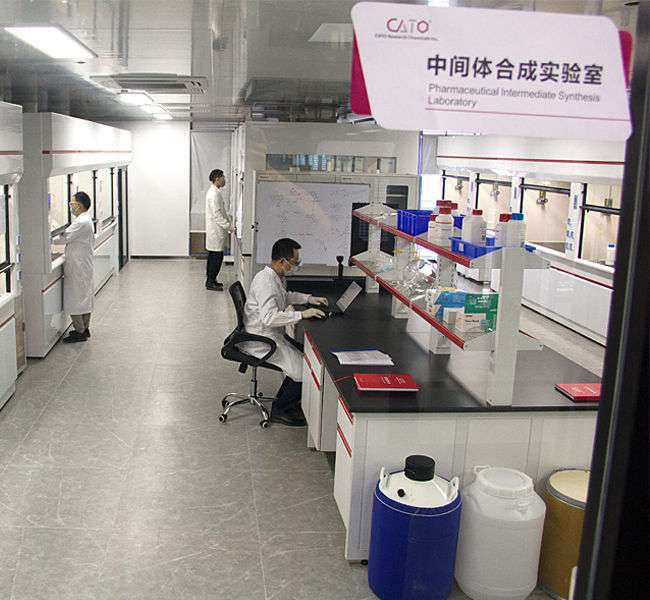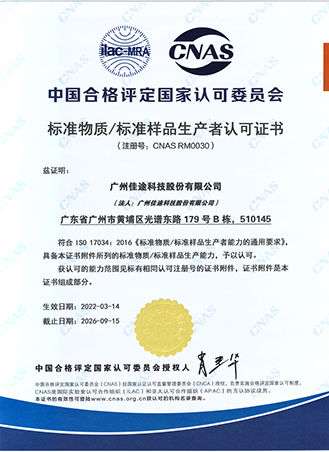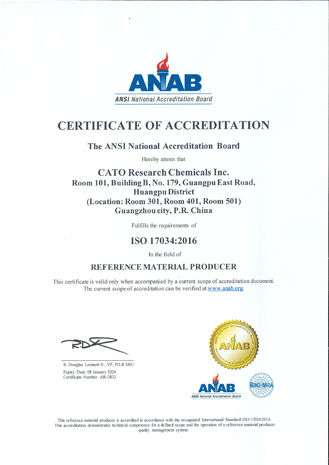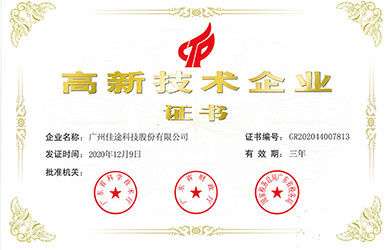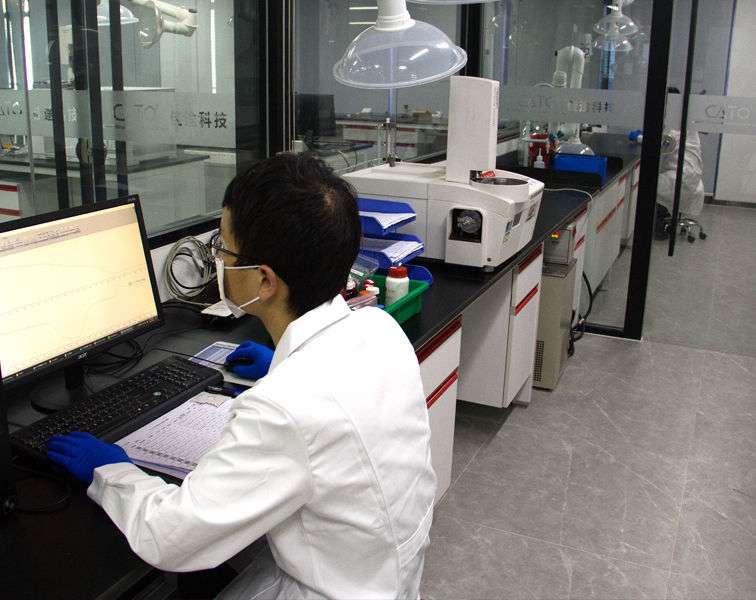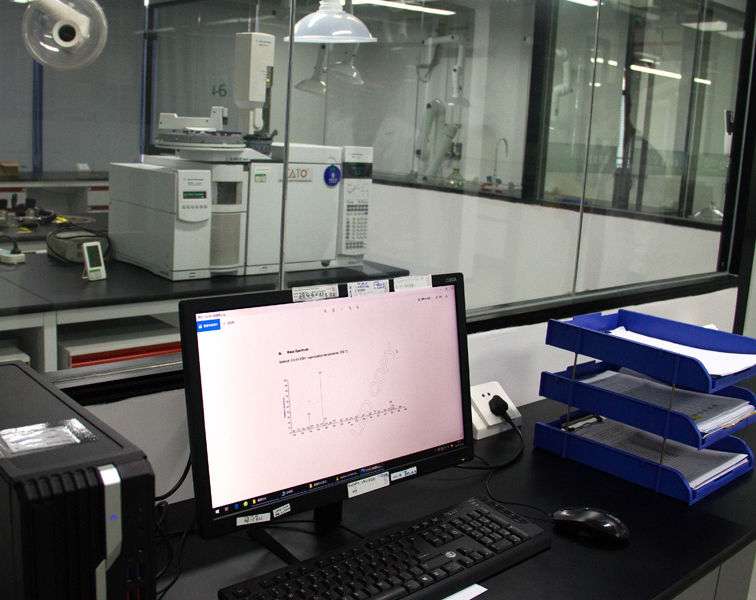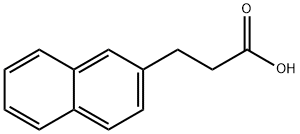Di-2-Pyridyl Ketone: Comprehensive User Guide
Table of Contents
1. Product Overview & Specifications
Basic Information
Chemical Name: Di-2-pyridyl ketone
Synonyms: Dipyridin-2-ylmethanone, 2,2'-Carbonyldipyridine
CAS Number: 19437-26-4
Molecular Formula: C11H8N2O
Molecular Weight: 184.19 g/mol
Physical Properties
| Property | Value |
|---|---|
| Appearance | White to yellow crystalline powder |
| Melting Point | 52–55°C |
| Boiling Point | 343.5°C at 760 mmHg |
| Density | 1.196 g/cm³ |
Safety Information
- Hazard Codes: Xi (Irritant)
- Risk Phrases: R36/37/38 (Irritates eyes, skin, and respiratory system)
- Safety Precautions: Use protective gloves/eyewear. Ensure adequate ventilation.
2. Key Applications
Di-2-pyridyl ketone is widely utilized in:
- Coordination Chemistry: As a ligand for synthesizing transition metal complexes (e.g., Ni(II) and lanthanide-based compounds).
- Organic Synthesis: Intermediate in constructing Schiff base ligands and heterocyclic frameworks.
- Material Science: Functional component in adsorption studies and catalyst design.
3. Usage Scenarios
Case 1: Synthesis of Star-shaped Ni(II)-Ln(III) Complexes
Di-2-pyridyl ketone acts as a bridging ligand to create polynuclear complexes with unique magnetic properties, applicable in molecular electronics.
Case 2: Adsorption Studies on Silica Gel
Used to investigate pH-dependent adsorption isotherms (Langmuir/Freundlich models) for environmental remediation research.
4. Client Case Studies
Client A: Advanced Materials Research Institute
Application: Developed luminescent lanthanide sensors using Di-2-pyridyl ketone-derived ligands.
Outcome: Achieved 95% detection efficiency for heavy metal ions in aqueous solutions.
Client B: Pharmaceutical Manufacturer
Application: Integrated the compound into a multi-step synthesis of kinase inhibitors.
Outcome: Reduced reaction time by 40% compared to traditional methods.
5. Contact for Inquiries
For technical specifications, pricing, or bulk orders:
- Email: info@vivalr.com
- Phone: (86) 15866781826

